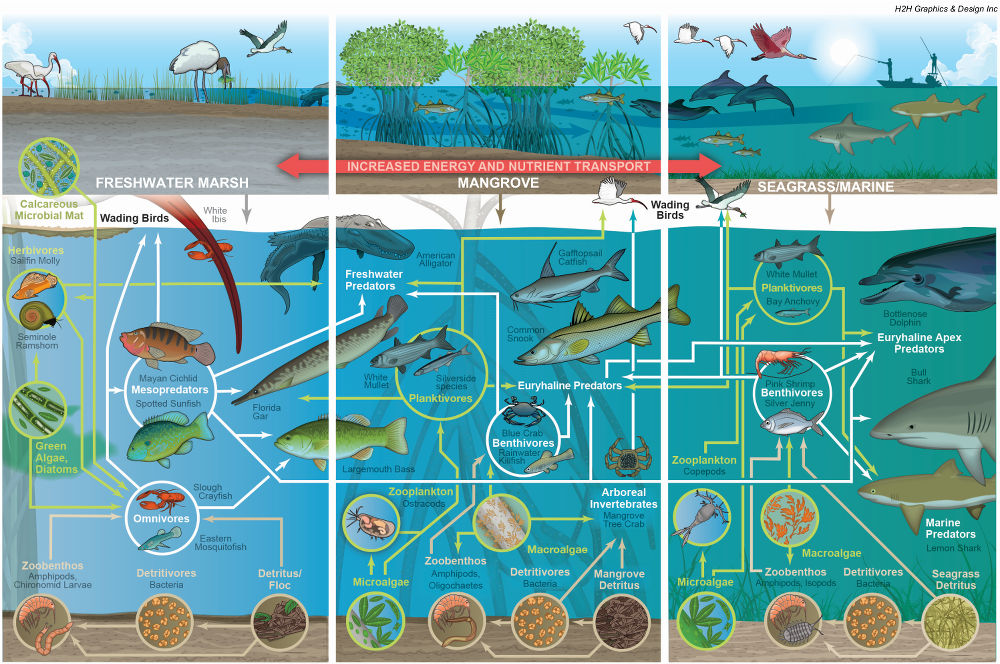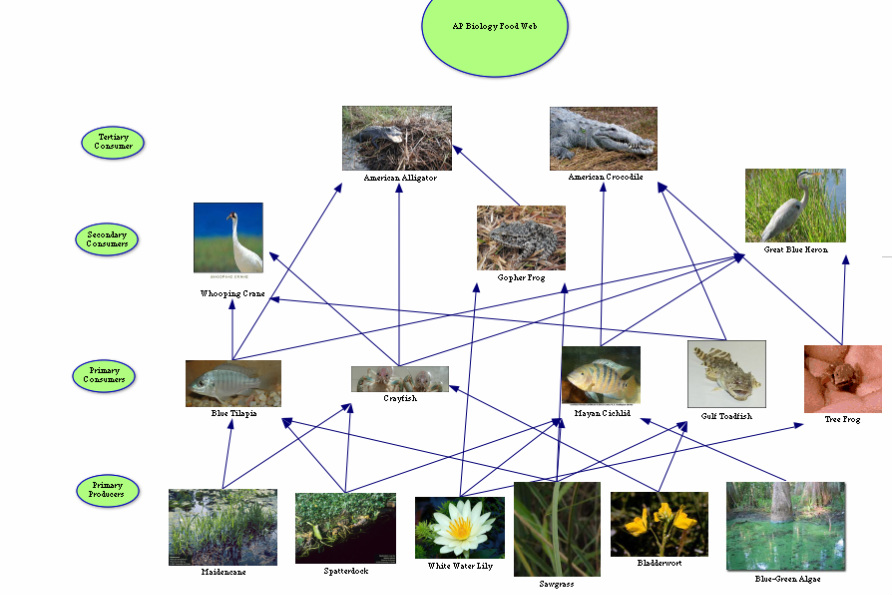Do you look for 'the everglades a food web diagram essay'? Here you can find the questions and answers on the subject.
Table of contents
- The everglades a food web diagram essay in 2021
- Florida everglades food chain
- Ocean food chain
- What is a producer science
- Food chain definition biology
- Everglades national park food web
- Food chain everglades
- Consumers biology
The everglades a food web diagram essay in 2021
 This picture illustrates the everglades a food web diagram essay.
This picture illustrates the everglades a food web diagram essay.
Florida everglades food chain
 This picture demonstrates Florida everglades food chain.
This picture demonstrates Florida everglades food chain.
Ocean food chain
 This picture illustrates Ocean food chain.
This picture illustrates Ocean food chain.
What is a producer science
 This picture demonstrates What is a producer science.
This picture demonstrates What is a producer science.
Food chain definition biology
 This image shows Food chain definition biology.
This image shows Food chain definition biology.
Everglades national park food web
 This picture shows Everglades national park food web.
This picture shows Everglades national park food web.
Food chain everglades
 This picture shows Food chain everglades.
This picture shows Food chain everglades.
Consumers biology
 This image shows Consumers biology.
This image shows Consumers biology.
What foods are found in the Everglades ecosystem?
Many food chains are present in the ecosystem of the Everglades. Omnivores, like the Florida black bear, eat saw palmetto, acorns, berries, fish, and honey. Black bears adapt to the ecosystem by using a variety of plants and animals to obtain their sustenance and protein. Crocodiles are at the top of the food chain in the Everglades.
How big is the Everglades wetland in Florida?
The Everglades is a two million acre wetland ecosystem. The Everglades reaches from central Florida, near Orlando, all the way south to Florida Bay (National Wildlife Federation, 1996-2013). During the wet season, Lake Okeechobee overflows, releasing water into a slow moving, shallow river. The river is mostly saw-grass marsh.
How are human actions changing the Everglades ecosystem?
The Everglades is an ecosystem that hosts a large diversity of habitats connected by wetlands and water bodies. Human actions have been altering the Everglades landscape through water diversions and flood control projects, and agricultural and urban development.
Who are the tertiary consumers of the Everglades?
There are also many tertiary consumers in the Everglades ecosystem like the bald eagle and the Florida black bear. This type of consumer exists mainly on secondary consumers (Abeton, n.d.) Many food chains are present in the ecosystem of the Everglades. Omnivores, like the Florida black bear, eat saw palmetto, acorns, berries, fish, and honey.
Last Update: Oct 2021